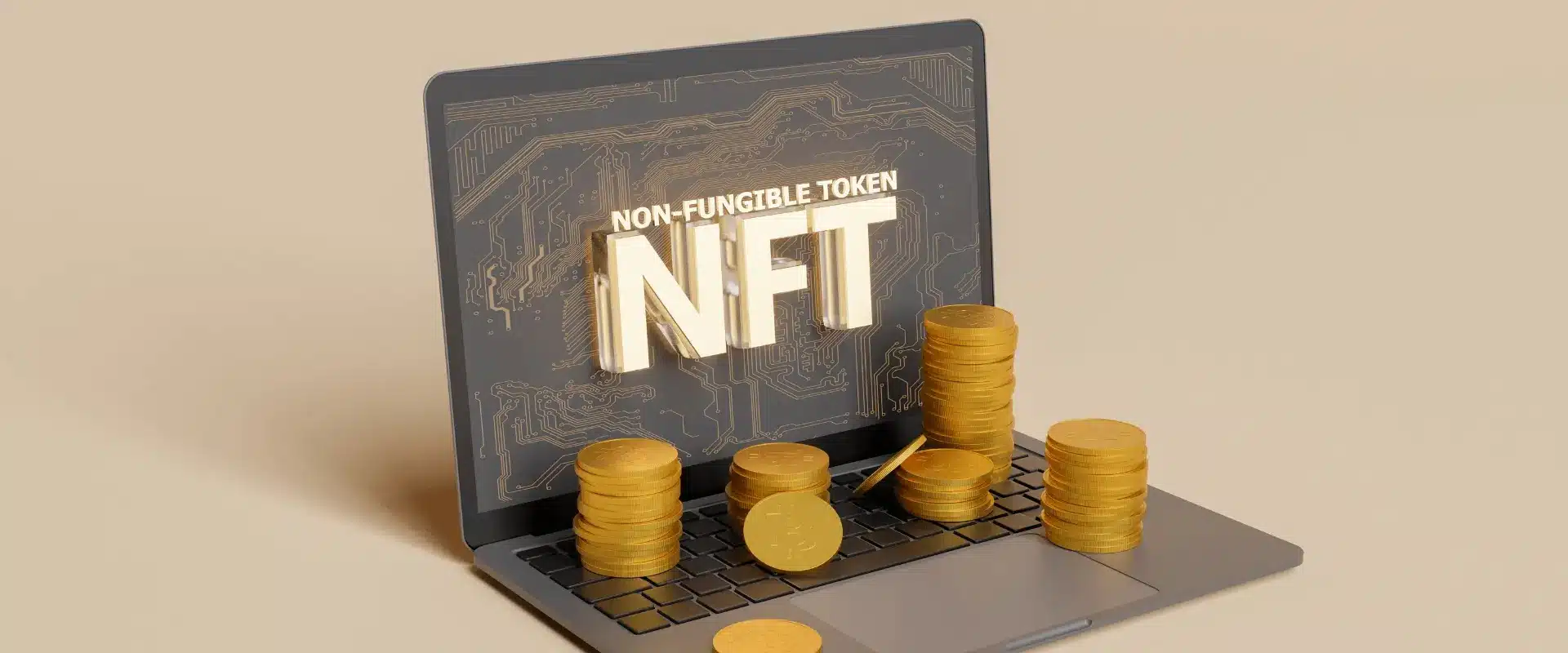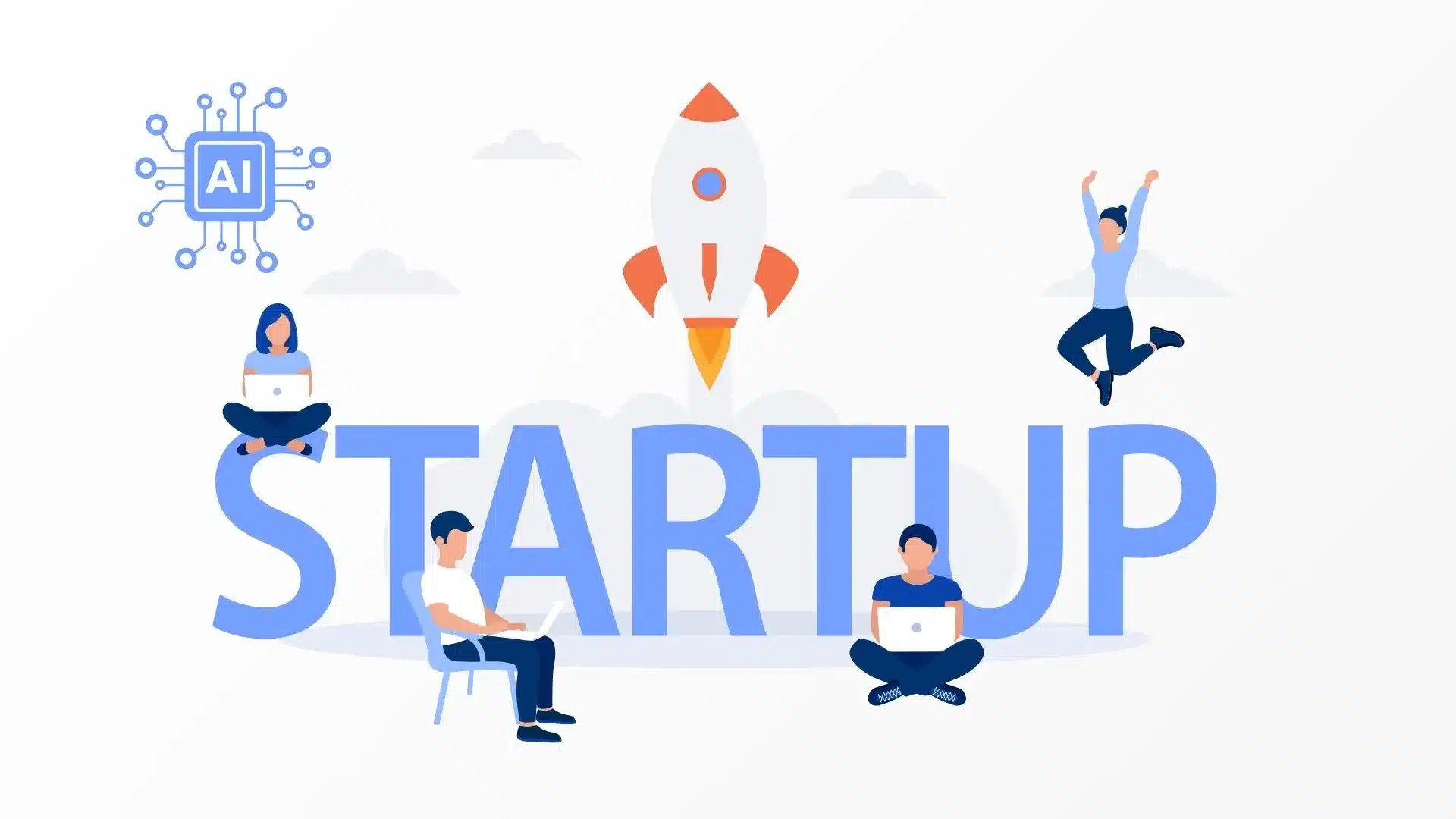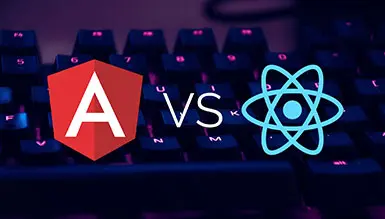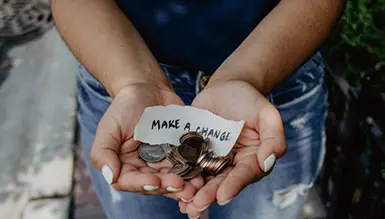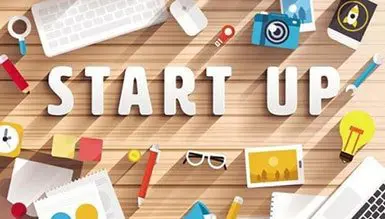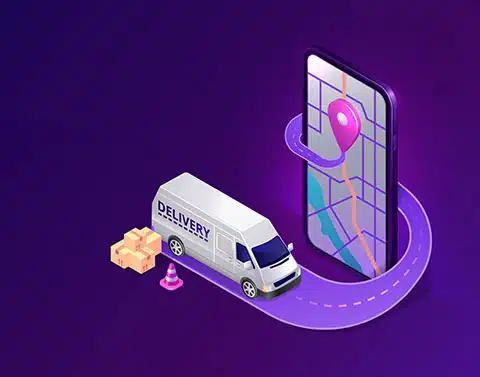The evolution of technology at a swift pace has brought the world into a virtual bubble. People these days are not only buying things online but are also collecting things over digital platforms. Buying art in digital space and collecting them has become a newfound interest for several users.
All thanks to the blockchain concept that has introduced a decentralized and peer-to-peer network for digital trading. With blockchain in digital trading and collecting platforms, it is impractical for anyone to hack, change, or cheat the network.
One such digital space for collectibles trending these days is the NFT marketplace. With an NFT marketplace development, users these days can even buy virtual land in a virtual world and explore many more possibilities.
NFT marketplaces has exposed a better way of securing arts & assets by making them non-fungible tokens. It has aided the next generation of music owners to achieve improved ownership of their tracks and makes their music masterpieces as limited editions. Not only music, but users can also even create NFTs of several digital assets and sell them over NFTs. In recent times, the popularity of the NFT marketplace has just started tasting success.
The DappRadar’s report says that the trading volume in the NFT marketplace has reached a whopping $10.7 billion in the last quarter of 2021. This is a 704% increase from the previous quarter. Users are enthusiastic about NFT and are investing high-volume capital in these marketplaces. An abundance of users is buying NFT tokens to showcase their beliefs in the future. NFT is also a unique approach to displaying social status.
People have pride in collecting digital limited tokens that includes arts, music, and many more.
Nevertheless, the above figure says that the community of NFT is expanding. Using these marketplaces, users are playing to earn in-game, invest in digital art collectibles, organize fundraiser digital projects, introduce virtual subscriptions, etc. With so much to capitalize on, the NFT marketplace has become a new domain for a business. If you are also interested in making money out of these marketplaces, here is a complete guide to build NFT marketplace app.
What is NFT marketplace platform?
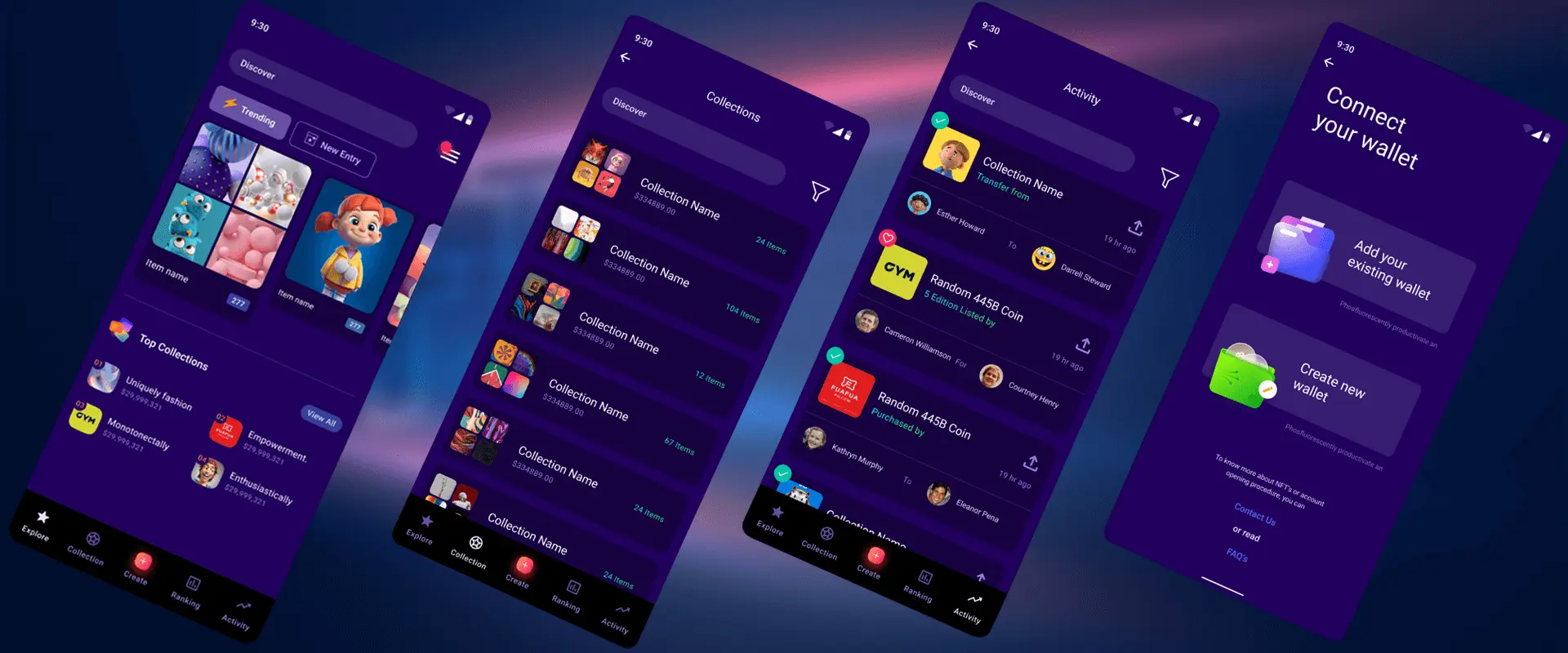
NFT as you know are the non-fungible tokens that include several digital assets within it. The marketplace that enables people to buy, sell and create those NFTs is known as the NFT marketplace. In the most decoded languages, NFT marketplaces are trading platforms that facilitate users to trade NFT on a worldwide scale. These platforms have blockchain technology backing them which ensures transparency, and inimitable tracking of the trading and tokenization process. NFT platforms are also capable of storing tokens and taking care of them.
These platforms are accomplishing more popularity in the field of art, social networking, music, and gaming. Furthermore, the NFT marketplace is expanding and captivating every asset that can get digitized. With the arrival of Metaverse, the significance of NFT marketplaces has even increased.
NFT platform with skilled developers is empowering itself to become the most powerful trading platform of the future. Users these days are witnessing progressive new features in these platforms. The continual development of NFT marketplaces is addressing all existing inefficiencies and creating more domain-specific NFTs.
If you also want to invest in NFT marketplace development, you must consider creating a Niche-specific NFT trading platform. Beyond that you can consider several other factors that include the blockchain prototype, adding the NFT storage, and then finally the design that you want for your NFT marketplace application. Now that you are clear about the NFT marketplace, here learn about the working of NFT marketplaces.
Working on an ideal NFT marketplace
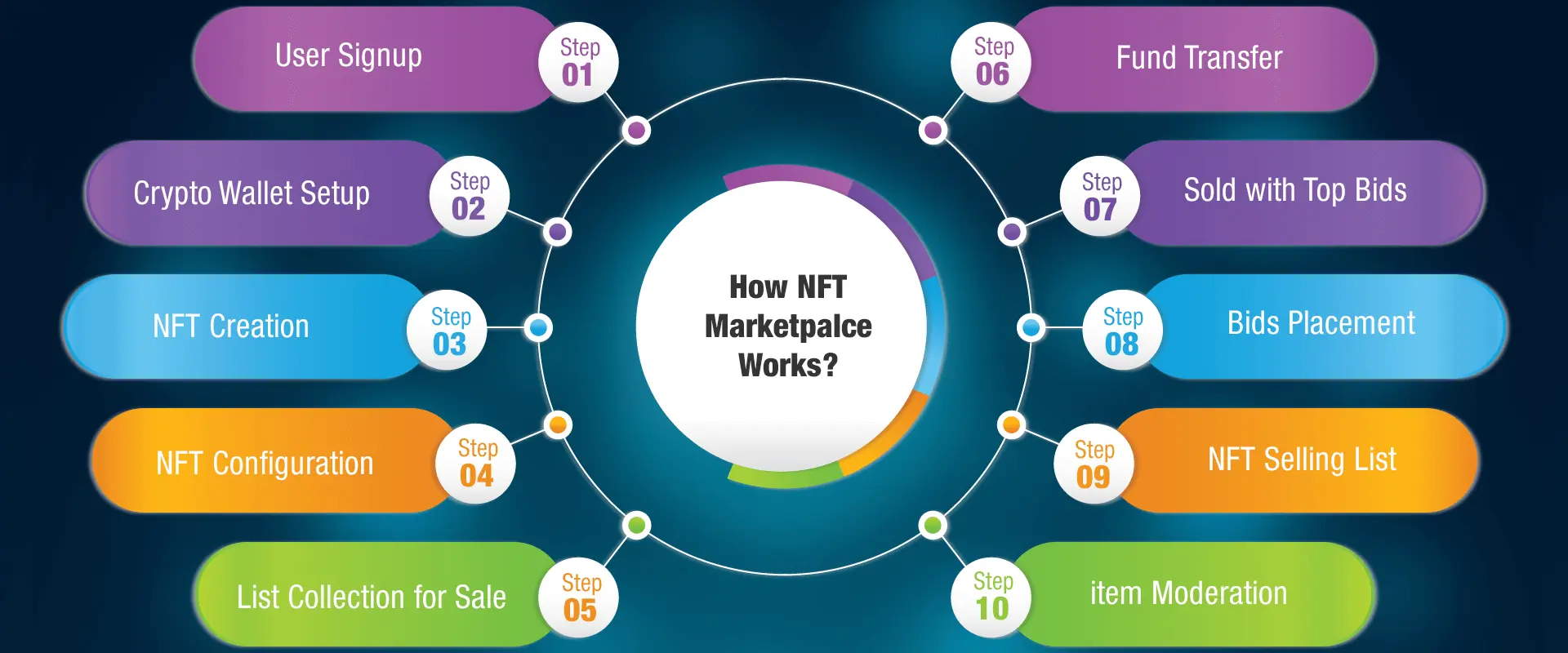
When you are creating an NFT marketplace, you must understand the complete working of the marketplace. Learning how the app works from the client side will help you develop it with intuitive features that make the app win. Typically, all the NFT marketplaces have quite an identical working process. The users have to first sign up for the marketplace platform, and then integrate a digital wallet.
A digital wallet helps the users to store the non-fungible tokens securely. Besides, every NFT marketplace has two segments of users. It includes NFT sellers who create NFTs, exhibit them, and then get them sold. The next type of user includes the buyer. If you are using the marketplace app as a seller, the working of the app will include creating a digital asset, then uploading them to display your work, and selecting the payment mode that you wish to accept for your NFT.
After selecting the payment mode, the following workflow would be listing the assets for selling. As a user, you would have an option to either choose a bid for fixed price selling, or you can sell it in an auction. When the sale commences a transaction is initiated and an individual smart trade contract gets created for the user’s wallet. Similarly, when you are using the platform for buying, the workflow would be quite simple. You have to choose an asset listed and select the payment mode. Once you pay for the asset, it gets listed in your wallet with a smart contract after the approval by the blockchain.
Starting your NFT marketplace development
After having a clear knowledge of the working process of NFT, you would be much clearer with the app that you visualize creating. When you are reading how to create an app from scratch like NFT marketplace, one thing will always revolve in your mind. What would be the stand-alone features that can make your app or marketplace successful? The features in your NFT trading app are quite different from all other apps that you develop. In such cases, here learn about all those features that you must find in your NFT trading app.
Features to integrate into your NFT trading app
- Storefront- The storefront is similar to the display window that you see in physical stores. It displays a variety of items sold inside the store with exclusive deals. Similarly, the storefront in an NFT marketplace app would be its dashboard where users can get access to several data. A remarkable NFT marketplace app will always showcase data such as owner’s information, the bids made, previews, and the history of transactions.
- Advanced token search-The subsequent obligatory feature to deliver in your app is advanced token search. When you are using the app from the client-side, you will always expect total asset information without much time consumed. So, in the advance search, you can categorize and filter the tokens, as per their types. You can also deliver the filter option to help the user apply the filter and find the accurate token. This will help you enhance the user’s satisfaction with your app.
- Filters- Filters as you were reading about is the most beneficial feature to include. It will significantly reduce the time in token search, and users can attain assets with lesser effort. The necessary filters that you must provide in your app would be filters that aid users to choose the token type, its payment option, due time, and the status of the listing.
- Bid & Buy- Every NFT marketplace platform will always buy NFTs after paying a certain amount. However, bidding is an important payment option that every buyer wishes for. They should get the feature to have a bid with a bid authenticating date. The user must also have access to see information on the current status of their bid.
- Seamless Listing creation- The Users will always get attracted to an NFT marketplace app that enables them to create assets easily and list them as digital collectibles, when you are offering listing creation in your app, make sure that your users find minima steps to complete listing. On the listing page, the users should get an abundance of features to list any asset. It includes writing descriptions, tags, titles, and submitting it
- Wallet– The wallet is the most inevitable feature in an NFT trading app. When buyers are buying digital assets, they obviously can’t access it physically, It is something that will remain unchanged digitally. In such cases, you must digital wallets that help users to store their collectibles and NFTs.
- Listing status- As a standalone app, you must authenticate every asset to ensure user satisfaction in your app. Any app must have a listing status feature that enables asset creators to know about their listing status.
- Ratings– Rating in this digitally driven domain is a necessary factor that helps new users to decide about the usability of the app. When someone is a new user, user ratings and reviews help them decide whether the app is good to use or not. As a responsible app creator, you must provide a user with access to offer ratings. The ratings can also be about the asset seller, app, or anything else found in the app.
Our experts can help you in developing your next world class NFT Marketplace apps.
The technology stack that an NFT marketplace platform must include
When you are creating an NFT trading application, there are a few technology stacks that you need. You need four primary tech stacks while creating an NFT marketplace app. It includes a blockchain platform, storage platform, NFT standards, and the Front-end framework. Many NFT trading apps even come with a
- Blockchain platforms– Choosing the will help you find better protocols for your app’s running. The intention of deciding on a blockchain platform is usually to adapt their blockchain technology to make every transaction peer-to-peer. Some of the most popular blockchain platforms that you can decide about include Ethereum, Flow, Tezos, and Cardano.
- Storage platform– The Storage technology used in your app decides the security of the assets to be kept. When you are creating an app, you can choose several storage protocols to integrate into your app. Several peer-to-peer storage protocols come designed to store digital assets and other media content.
- NFT standards– When your NFT trading app is dealing with digital asset trading. There must be standardization to help buyers to learn about the authenticity and type of asset. Every NFT trading app offers NFT standards that include ERC-721, FA2, TRC-721, Goods, and ERC-1155.
- Front-end framework- This is another critical thing to consider while creating your NFT trading app. A front-end framework will decide the usability of the app. By choosing the right front-end framework, you can assure satisfactory functionality and credibility of the app.
Things to consider while creating an NFT trading app
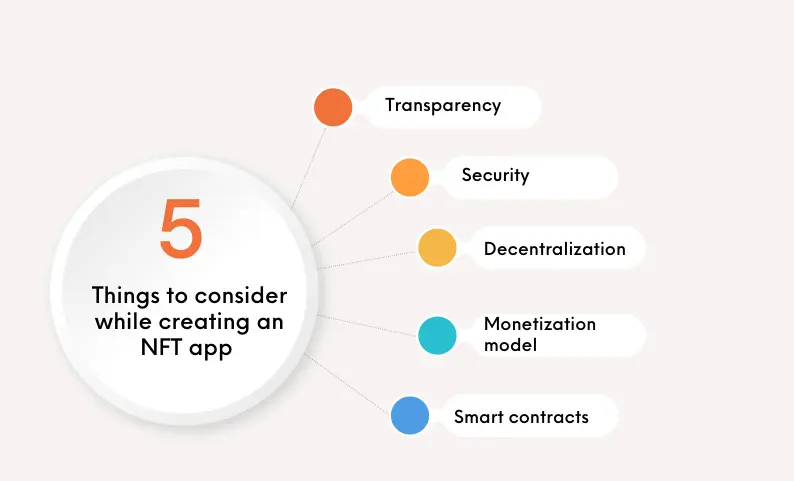
When you are creating an NFT trading app there are some objectives that you must find achieving in the app. An ideal app must have the following things
Transparency
The first thing that you need to ensure in your NFT trading app is offering transparency. The users should get a transparent view of everything. Whether it is transaction history or any other activity, users must have a positive experience while using the app. When choosing a blockchain network, you must ensure that it brings seamless and flawless payment processing to your app.
Security
Security is a robust feature to ensure in any app that you create. It is more obligatory when your app indulges in payments and transactions. In an NFT trading app, you can find transactions worth millions, the user also needs to furnish their payment information. In such cases, your app must be secure enough to keep all the information encrypted.
Decentralization
Decentralization is the main characteristic of NFT trading apps that influences people to start trading. The blockchain works on the same protocols, and you should also include the blockchain protocols to ensure the decentralization of the NFT trading app that you are creating. Decentralization allows your app to be regulated by the blockchain community itself, rather than nationalized power. Any new blocks, rules, or changes would be solely made and updated by the network itself.
The monetization model
The monetization model helps you decide the protocols in what way will you charge for any transaction. For instance, some platforms charge for listing the asset, while some directly deduct a certain % from the cost of the product.
Smart contracts
Smart contracts signed online in your app will help you eliminate any sort of fraudulent activities. It will also help you minimize mediators.
How to create an NFT marketplace- the complete guide
If you are creating an NFT marketplace application, you have to ensure your development process with a set of steps. The following are the crucial steps that you always need to consider.
Step-1-Select a niche
Selecting a niche is the primary step when you are considering creating an NFT trading app. Choosing a particular niche will always help you streamline the development process, as you would be focusing on the niche-specific features only. Professionals also suggest rather than aiming for a horizontal market, you should emphasize the vertical market. Thus, selecting a niche is the first step.
Step-2- Decide the UI/UX design
Application development is always incomplete without defining your UX and user interface. You must consider achieving a simple UI that offers seamless access to all the users. The app must look appealing and users must feel satisfied after using your app. You can discuss with the developers to build NFT marketplace application that has a trending UI design.
Step-3- Choose the front-end development framework
After having an appealing UI design, you should pick a suitable framework that meets the objective of your app. The most popular framework used for NFT application development are Angular, React, and Vue. The developers can also help you select the best framework that will aid the credibility and functionality of your app.
Step-4- Integrate the smart contract token generator
The NFT marketplace application that you would be creating would be a decentralized platform; a platform that will be impractical to change, cheat or hack. As most of the data would be authenticated in the platform, you would have to integrate a smart contract token generator that is suitable for your app concept.
Step-5- Test and Launch
This is the final and the most crucial step. After creating an NFT marketplace application with all integrated features, you have to test the app for any flaws. You may find several bugs and backlogs. Make sure the developers identify all backlogs and eliminate them. Testing the app in the final stage also assures you that your app will render smoothly. After testing the app for flaws, launch with quality in the performance of the app.
Cost to make NFT marketplace app
The Cost to make an application like NFT marketplace depends on several factors. The factors include the framework you choose, the blockchain and the storage platform you choose, and many more. Apart from that, the cost of creating your app also depends on the performance of your domain. Creating a feature-rich application, however, would demand more capital. The average cost for NFT marketplace app development would range from $40,000 to $2, 00,000 solely for development. Do you wish to create an NFT marketplace app within your budget? Get details about the cost by contacting JumpGrowth. Get in touch with us now and get your free quote.
Conclusion
Wrapping up, this is all-inclusive information that guides you for a smooth NFT trading app development. With such a deep understanding of the NFT marketplace, you can create the most unique app with remarkable features. However, have a clear idea about the niche, and decide on the concept of the application before discussing it with developers. If you have any queries about NFT app development and need expert advice, you may contact Jump Growth.
Our experts can help you in developing your next world class NFT Marketplace apps.
